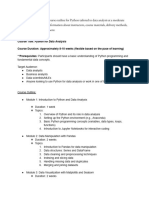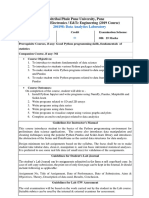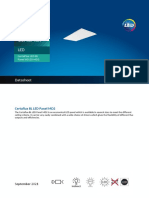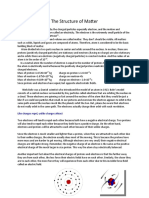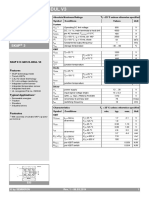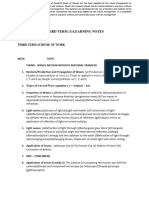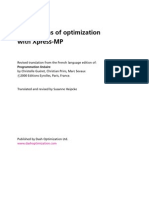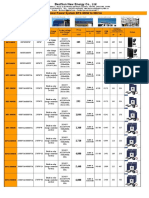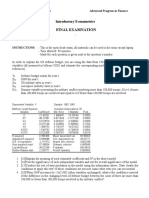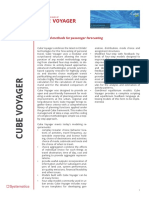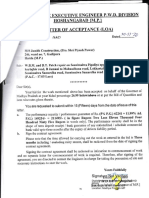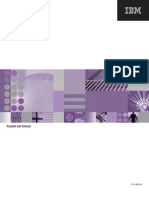A Beginner's Guide to Python for Data Analysis
Description: This document provides a foundational guide for individuals starting with
Python for data analysis purposes. It was created as handout material for an introductory
programming workshop. It is most useful for students, aspiring data analysts, or
professionals looking to add basic Python skills to their repertoire. The key highlights
include an introduction to essential libraries like Pandas and NumPy, instructions on how
to load and inspect data, and a simple example of data cleaning.
Content for the PDF:
A Beginner's Guide to Python for Data Analysis
1. Introduction Python is a powerful, versatile programming language that has become a
top choice for data analysis and data science. Its simple syntax and extensive collection of
specialized libraries make it ideal for handling and analyzing data. This guide covers the
absolute basics to get you started.
2. Setting Up Your Environment The easiest way to get started is by installing the
Anaconda Distribution. It comes pre-packaged with Python and all the essential data
analysis libraries, as well as the Jupyter Notebook, an interactive environment perfect for
data exploration.
3. Core Libraries: The Tools of the Trade To perform data analysis in Python, you'll
primarily use a few key libraries:
• NumPy (Numerical Python): The fundamental package for numerical computation.
It provides support for large, multi-dimensional arrays and matrices, along with a
collection of mathematical functions to operate on them.
o import numpy as np
• Pandas: The most important library for data manipulation and analysis. It
introduces the "DataFrame," a two-dimensional table-like data structure that is
perfect for handling real-world data.
o import pandas as pd
• Matplotlib: A comprehensive library for creating static, animated, and interactive
visualizations in Python.
o import matplotlib.pyplot as plt
4. Loading and Inspecting Data with Pandas The most common first step is to load your
data (e.g., from a CSV file) into a Pandas DataFrame.
� • Loading a CSV file: df = pd.read_csv('your_data_file.csv')
• Inspecting the data:
o df.head() - Shows the first 5 rows of the DataFrame.
o df.info() - Provides a summary of the DataFrame, including data types and
non-null values.
o df.describe() - Generates descriptive statistics for numerical columns (count,
mean, std, etc.).
5. Basic Data Cleaning Real-world data is often messy. A common cleaning task is
handling missing values.
• Checking for missing values: df.isnull().sum()
• Handling missing values:
o Dropping: Remove rows with missing values. df.dropna(inplace=True)
o Filling: Fill missing values with a specific value (e.g., the mean or median).
mean_value = df['column_name'].mean()
df['column_name'].fillna(mean_value, inplace=True)
6. Conclusion This guide provides the first steps into the world of data analysis with
Python. By mastering the basics of Pandas and NumPy, you build a strong foundation for
tackling more complex data challenges.























